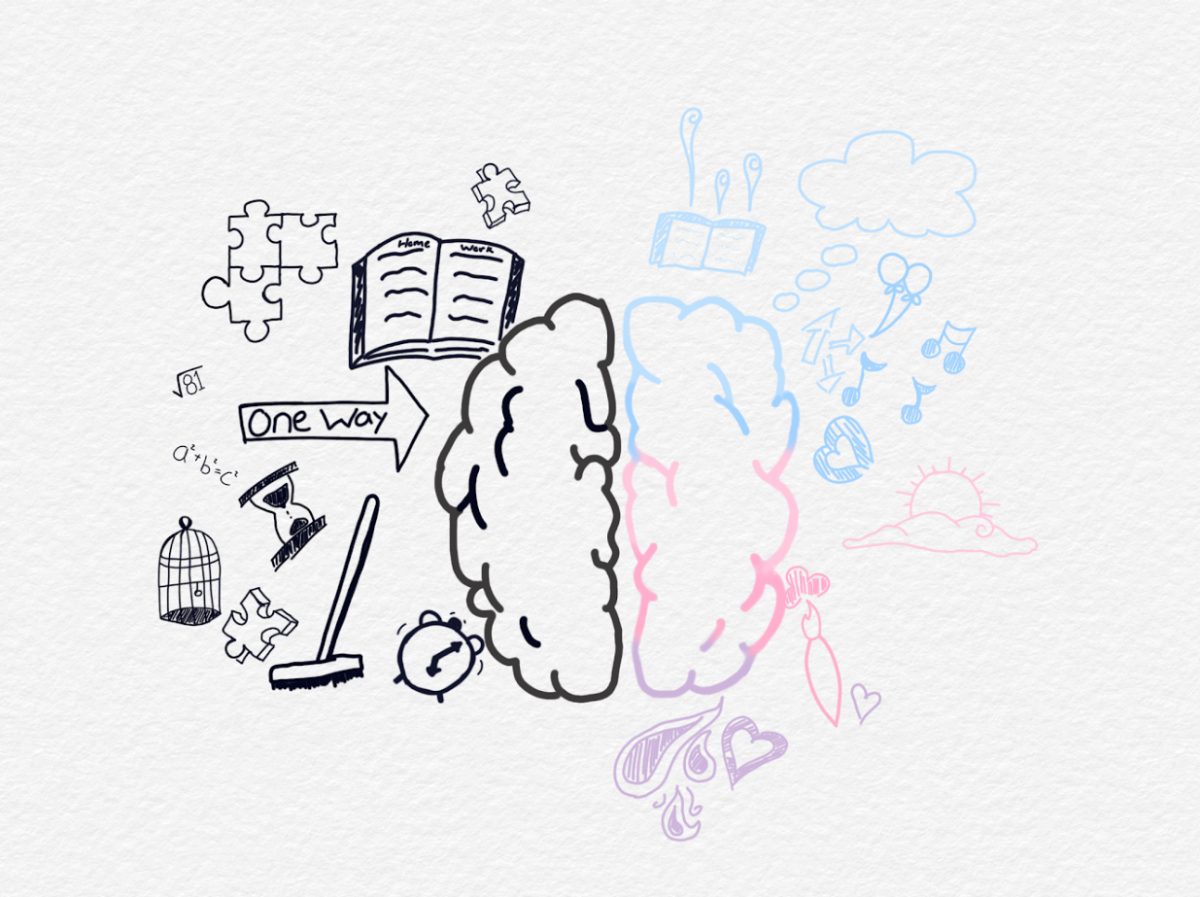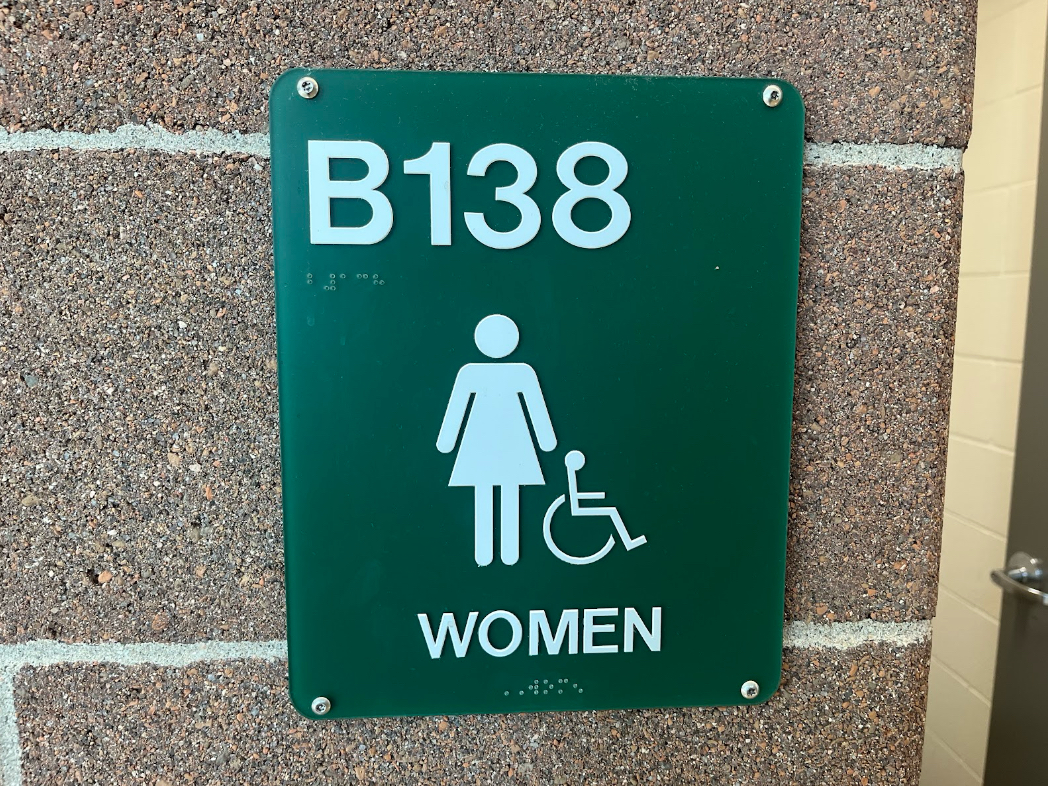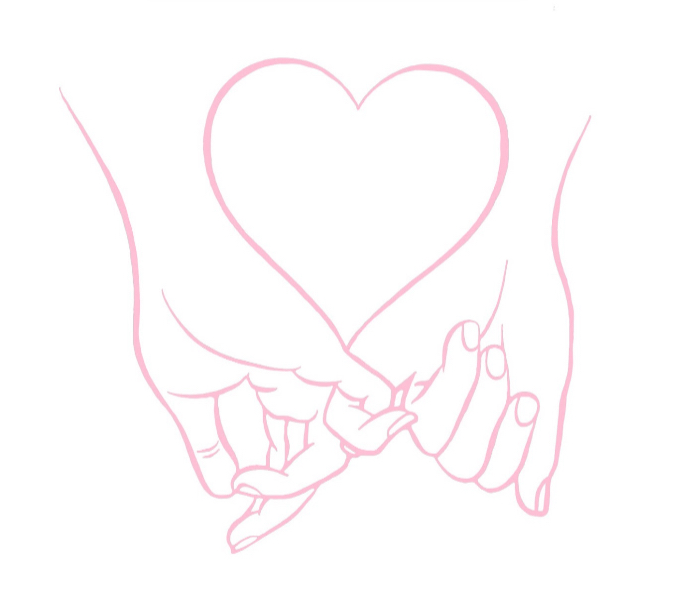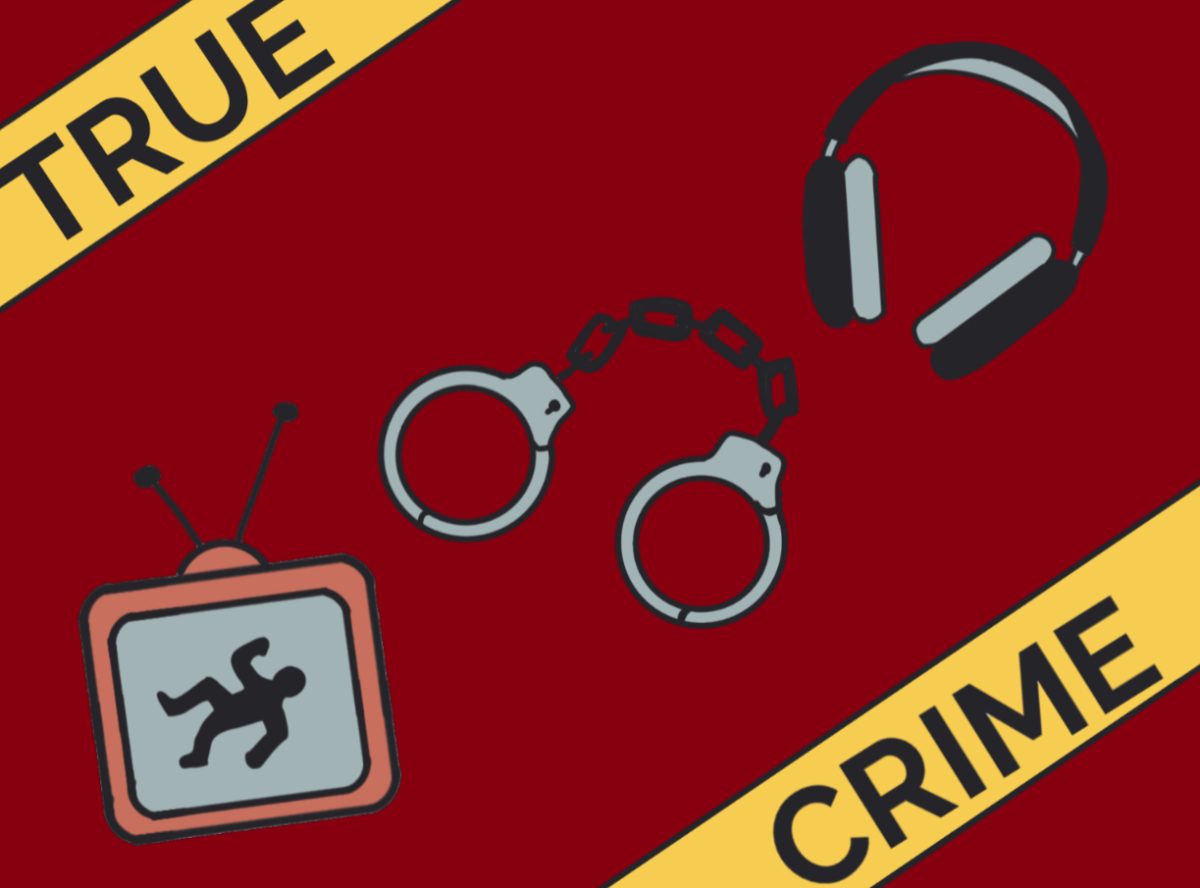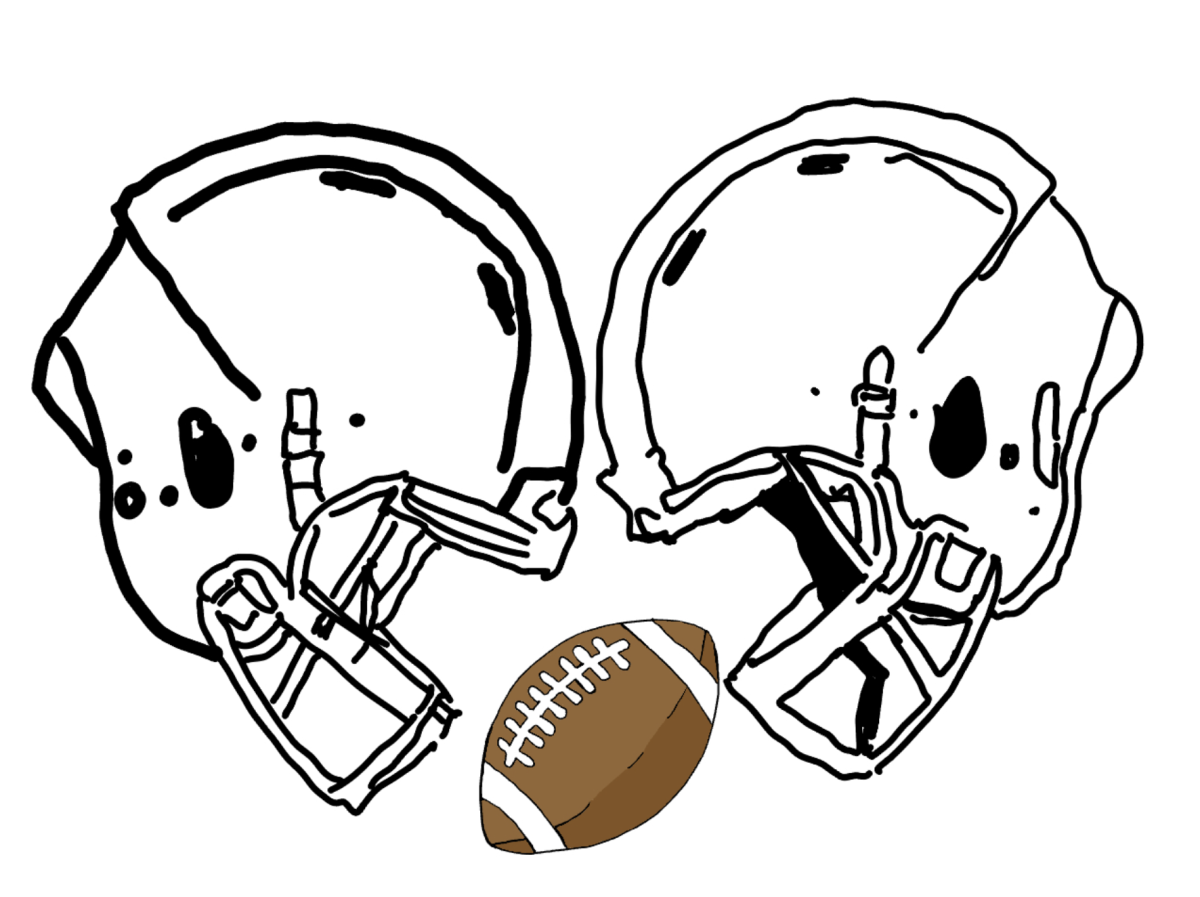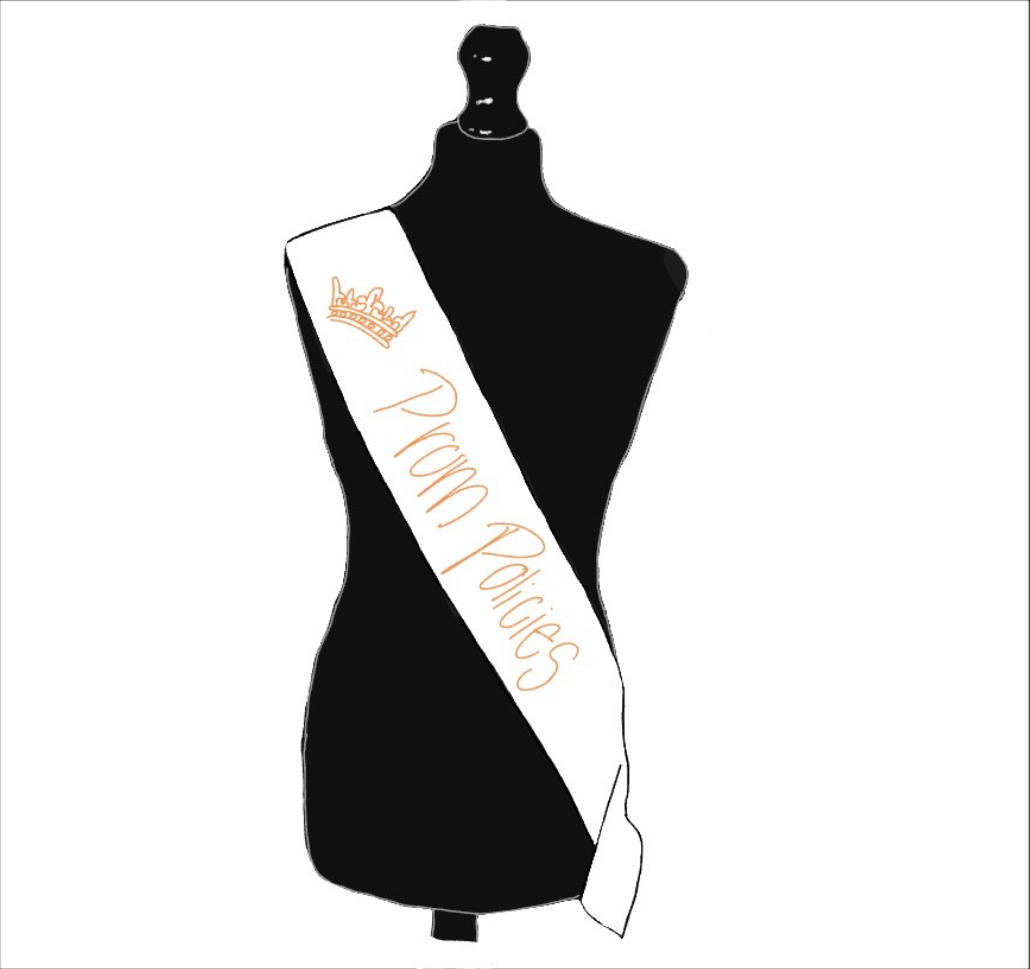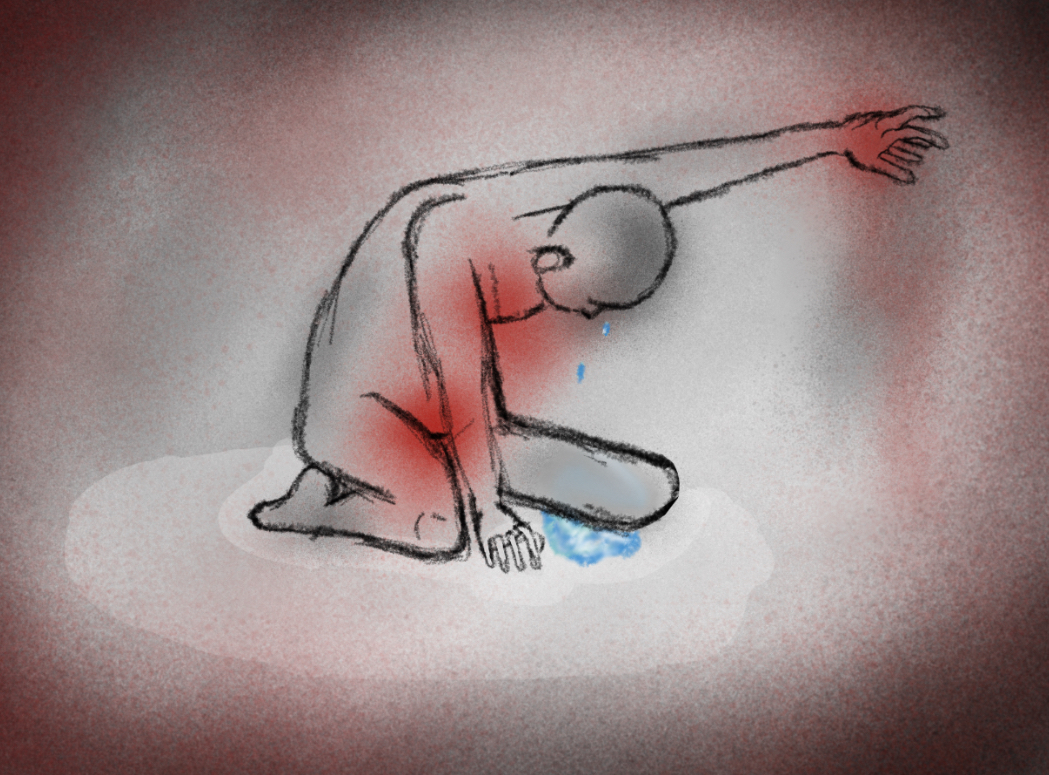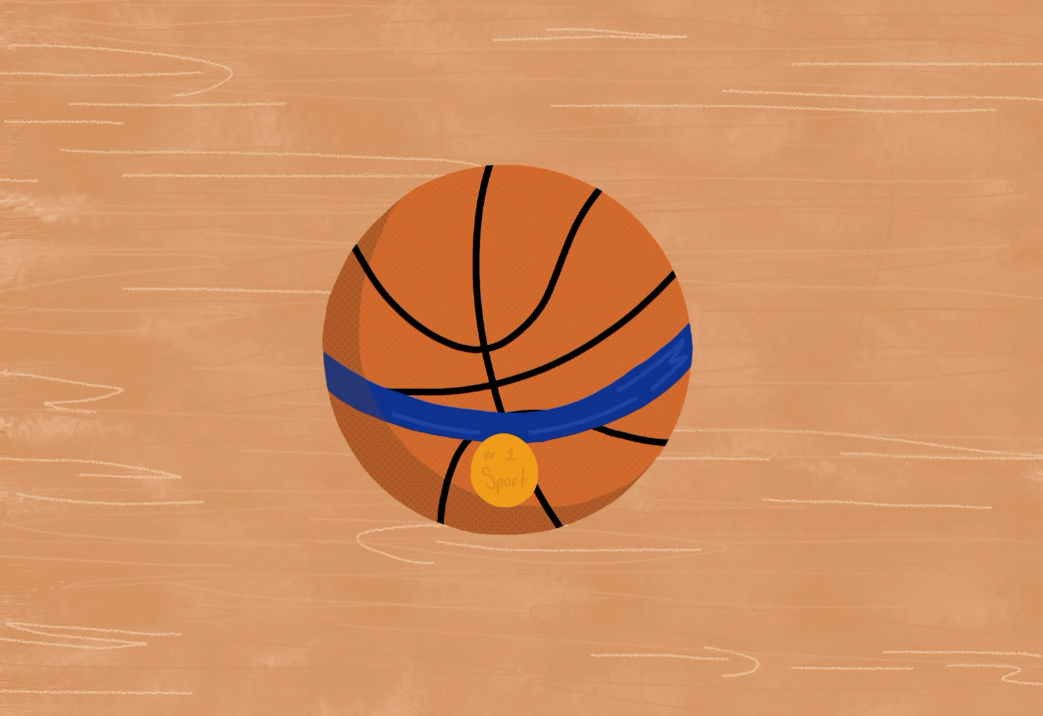ADHD, attention-deficit/hyperactivity disorder is a mental disorder identified by inattentive behavior, impulsivity, and hyperactivity. Common symptoms include being unable to sit still, forgetfulness, short attention span, interrupting conversations, and many more behaviors.
The recognition of ADHD has gone through a long process and the understanding has constantly changed. You can locate the beginnings of ADHD in 1798 when Sir Alexander Crichton wrote that he had noticed some individuals were unable to focus and were easily distracted, these symptoms spanning the entirety of their lives.
Later in 1932 two German doctors, Hans Pollnow and Franz Kramer, called the condition a hyperkinetic disease. Then in 1937 the first medication for this ‘hyperactivity’ was discovered when Charles Bradley found that the medication Benzedrine had helped children with these symptoms and improved their behavior in their classes.
Finally, in 1968 ADHD was introduced in the American Psychiatric Association manual of mental disorders. Now, it has been normalized, and categorized into three types: hyperactive and impulsive, inattentive, and a mix of the three symptoms.
Due to ADHD being classified as a ‘disorder’, it has a lot of negative stereotypes. While writing this article and looking for an image, my screen was filled with people crying and screaming as their heads filled with thoughts.
And looking into how it is displayed in the media, each character is portrayed as dumb or reckless. These representations of ADHD can be accurate for some people. However, these images of ADHD are extremely negative.
Most people view this as an issue or a problem that people seek to fix using medication or hiding it from others.
Growing up with a neurodivergent mom and personally being neurodivergent, to me having ADHD is such a big benefit and even some of the negative symptoms are good.
One common symptom that I deal with is being hypersensitive. This causes issues mentally, but I think it helps make me a better person because I am more empathetic. The hypersensitivity makes me think more about other people’s emotions and how my words can effect others. I have noticed the same thing in others who have ADHD and I think this symptom is an advantage.
Along with empathy, people with the diagnosis may find it easier to make friends. Typically, ADHD symptoms show up differently in men than women. One thing that is common for women with ADHD is excessive talkativeness, but this helps a lot in social situations.
In group hangouts or at concerts where I’m not as familiar with all the people, I find my excessive talking helps me make friends and come off as friendly. These friends I’ve made have helped me in life and I greatly appreciate my excessive talking. As well as the ability to make friends fast.
Having ADHD also makes me more creative. Personally, from experience, I have noticed my mom’s diagnosis has made the both of us more creative. While there is no concrete evidence that ADHD makes you more creative, some of the symptoms like impulsivity can lead to people having original ideas. Without the extreme thought process, impulsiveness allows people with ADHD to make choices that allow for more creativity. This helps artistic minded people who can get out of artist’s block. Impulsivity also helps these individuals explore more creative outlets without thinking, by simply just doing something to get that dopamine high.
Though some symptoms can be both a blessing and a curse. Hyper-focus or hyper-fixation happens often to people with ADHD, which is when effected people fixate on something they are interested in. Personally, if I am passionate about an article I am writing I will hyperfixate on it and lose track of time which helps get things done.
ADHD is such a big benefit and is such a good thing. From personal experience I think it makes you more empathetic, and more creative, you’re better able to communicate and have a superpower of being able to have extreme focus on topics.

